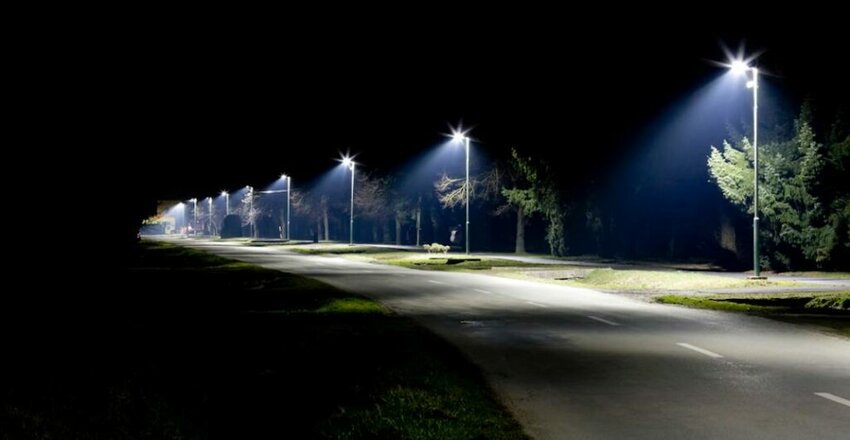 (Credit: Daily Hive)
(Credit: Daily Hive)The New York state government announced Monday that it has now replaced more than 286,000 of its streetlights with energy-efficient LEDs. This places the state more than halfway toward its goal of replacing half a million streetlights with LED technology by 2025.
The two organizations heading the effort are the Public Service Commission, which has installed more than 215,000 LED streetlights, and the New York Power Authority, which has installed more than 71,000, with nearly 60,000 more currently being installed.
NYPA is the largest state public power organization in the nation, with more than 80 percent of its electricity produced by renewable hydropower. It is responsible for financing the project under its Smart Street Lighting NY initiative. New York plans to reimburse NYPA in upcoming years from the cost-savings created by the reduced energy use of the LED streetlights, which are up to 65% more efficient than alternative street lighting options.
Encompassing New York City and New York state, more than 100 “municipalities of all sizes...have been rapidly converting their streetlights to LED technology under the Smart Street Lighting NY program,” said New York Governor Hochul.
Along with reducing New York’s carbon footprint, additional benefits of LEDs include improved lighting quality and by extension neighborhood safety as well as reduced energy costs and maintenance needs. The lights also accommodate SMART technology, which can be used for dozens of other functions, such as cameras and other safety features, weather sensors, Wi-Fi and energy meters.
The initiative, begun in 2018, helps New York make good on its commitment, outlined in the 2019 Climate Leadership and Community Protection Act, to reduce electricity consumption by 3% per year between now and 2025. New York is on track to achieve its mandated goal of a zero-emission electricity sector by 2040, including 70 percent renewable energy generation by 2030, and to reach economy-wide carbon neutrality.